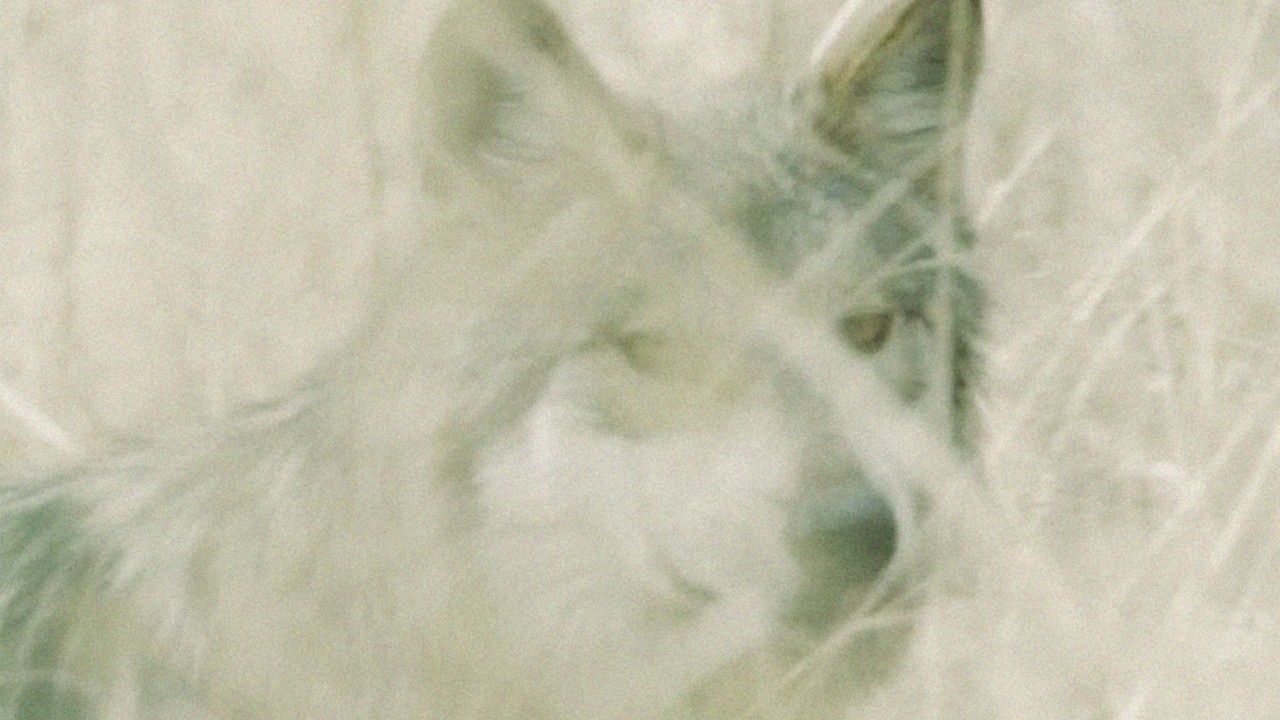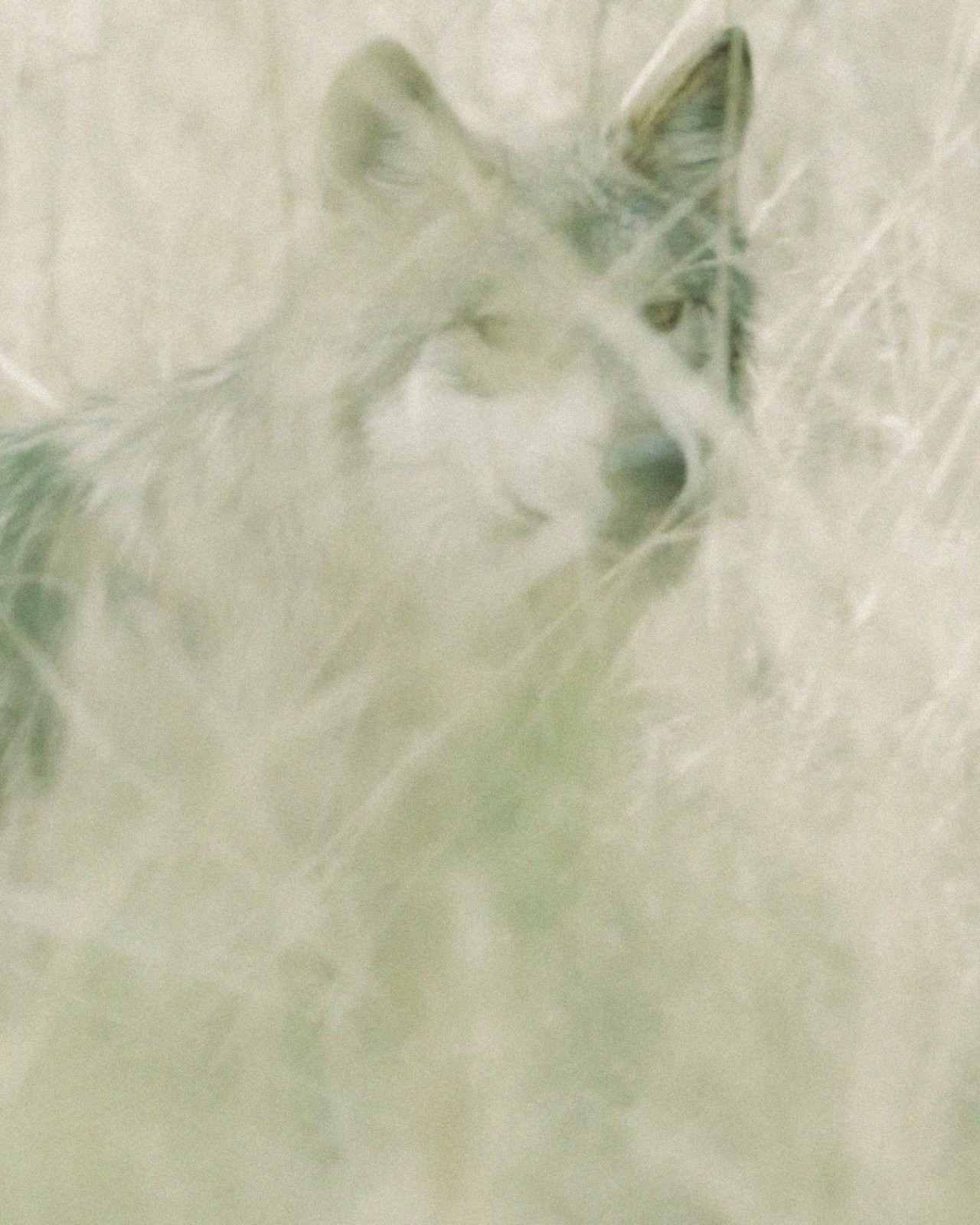

Courtesy of a video still from Getty Images / AmericanWildlife
words by willow defebaugh
“We are never alone. We are wolves howling to the same moon.”
—Atticus
Whether as folkloric villains, wise teachers, or emblems of what’s wild in us, wolves play a prominent part in countless cultural mythologies. Among these associations exists a key contradiction. On the one hand, when we think of wolves, we often imagine them in packs—calling to one another on a full moon, sets of eyes in the dark, encircling a wayward traveler. On the other hand, we have the idea of the lone wolf, one who prefers to go it alone. Wolves have come to represent a dire dichotomy that’s deeply embedded in our world today: individualism vs. collectivism.
Gray wolves typically live in packs of between six and 10. Even within these packs, a prevailing idea in the public imagination is that individual wolves compete for the dominant title of “alpha wolf.” In an interview with The Scientific American, leading wolf expert David Mech noted that the idea of the alpha wolf is outdated and misleading, and he discourages the use of the phrase. It turns out that these alpha wolves are really no more than parents. Wolves mate for life; together with their offspring, they form packs that get larger with more pups born. In other words, what we assumed to be groups driven by inward competition and aggression are actually families.
So, what are the advantages of living in a pack? For starters, it allows wolves to hunt in ways they never could alone. A pack can take down prey that’s far larger than any individual wolf’s size, including elk, moose, and deer. They do this with precise coordination and communication; wolves can hear each other’s howls up to seven miles away, allowing them to exchange information about prey, defend their territory, and assemble missing pack members. Living in a pack also helps guarantee each member’s safety, especially that of vulnerable pups which are born without sight or smell. All of the adults within a pack will pitch in to protect and care for the young, watching them while others hunt.
Wolves are, at their core, irrefutably social animals. Much like the myth of the dominant alpha, the human conception of the lone wolf is also somewhat false. Wolves do venture out on their own, but they do so in order to find a mate and start a new pack together, sometimes traveling as far as 500 miles to establish their own home. These wolves, also called “lone disperser wolves,” play a critical role in keeping the species alive by creating new, diverse breeding pairs as well as bringing wolf populations into new territories.
In the West, many of us have been raised to be lone wolves. We have been fed the lie of alpha dominance, the notion that we must vie for our place in the pack. It’s ingrained in us that we are each here to make our individual marks and achieve our individual dreams. Even those of us with shared goals—such as ecological conservation—have been led to believe that individual action is the only way to get there. This is largely thanks to inventions like the conscious consumer (the idea that we can shop our way out of this mess) and the personal carbon footprint (popularized by an insidious and effective PR campaign by BP in the early aughts), which have kept us distracted from focusing on the real culprits and the systematic change required.
For nearly two critical decades, climate change has been framed as a failing of the individual, rather than a crisis that could be handled by the collective. And while it is certainly true that corporations are the ones responsible for climate change, that doesn’t mean we should let ourselves off the hook. It’s not an “either or;” it’s a “yes and.” Our present situation requires action on every level, from the top down and the bottom up. Let the myth of the lone wolf be a reminder that the very dichotomy between individualism and collectivism is a false one; just as the disperser wolf is actually in service of its larger species, we can dedicate our individual skills and actions to the whole.
Much like wolves, we are social creatures. As the trials of the last decade have made all too clear, we need each other—now more than ever before. And our strength is in numbers; as activism has proven time and time again, together we can accomplish what would be impossible alone. So, instead of tearing each other apart, what would it look like for us to protect and care for one another as a community? To raise, rather than raze, each other at every turn? Maybe our fascination with wolves is a yearning for that feeling of family, a longing for a remembrance lost: that we are all part of the same pack.
Part of the Pack: Debunking the Lone Wolf Myth